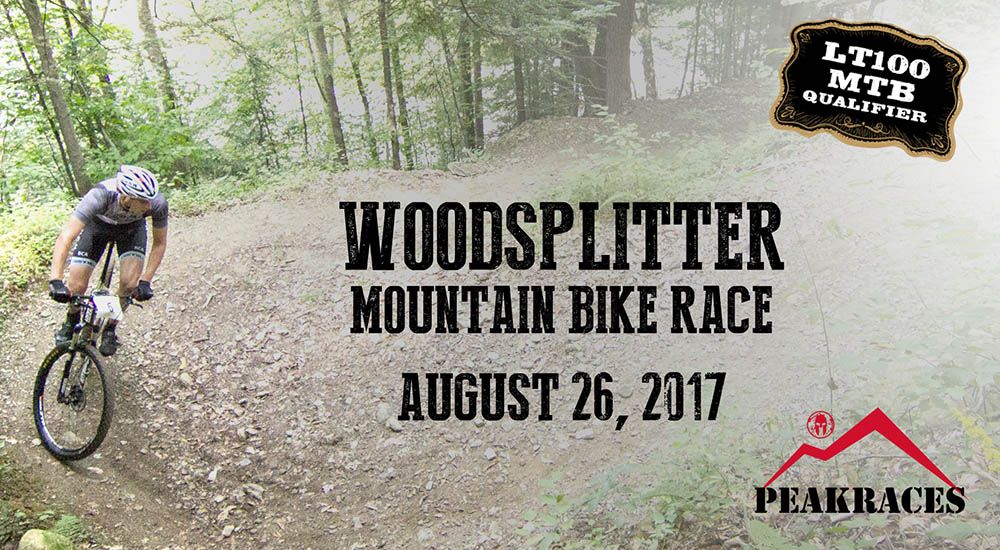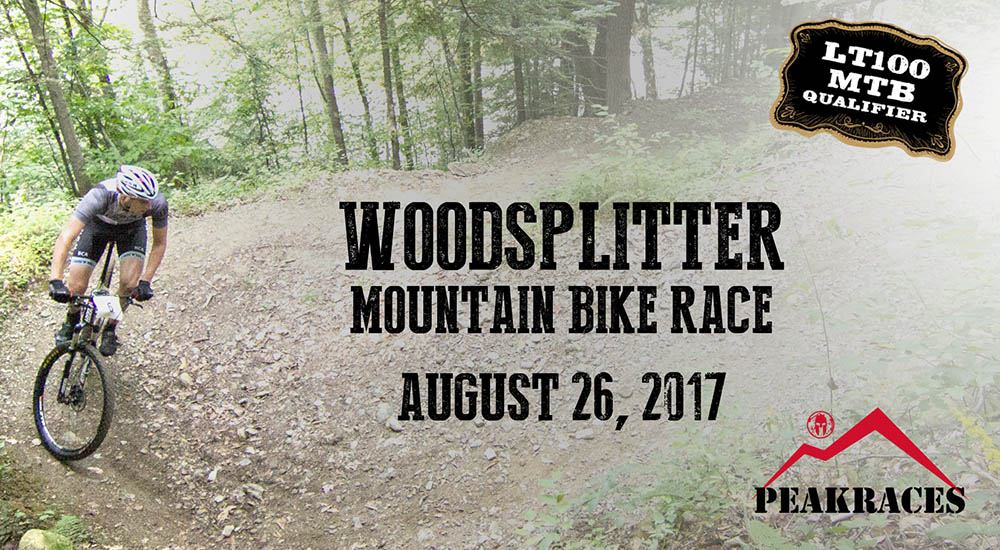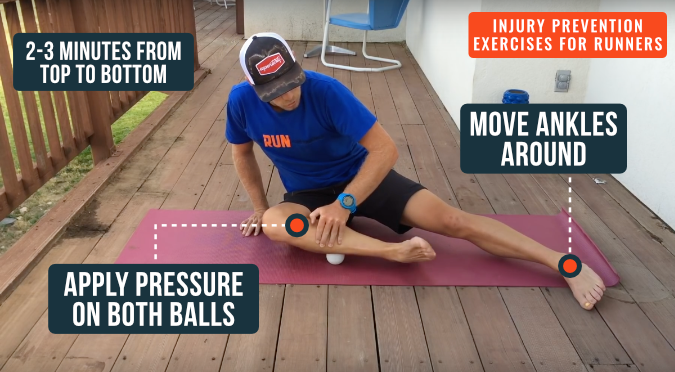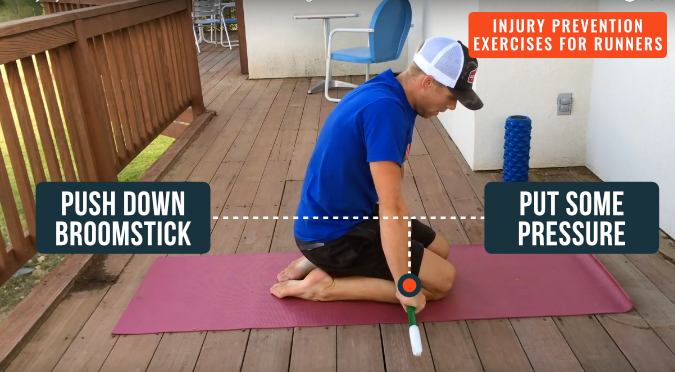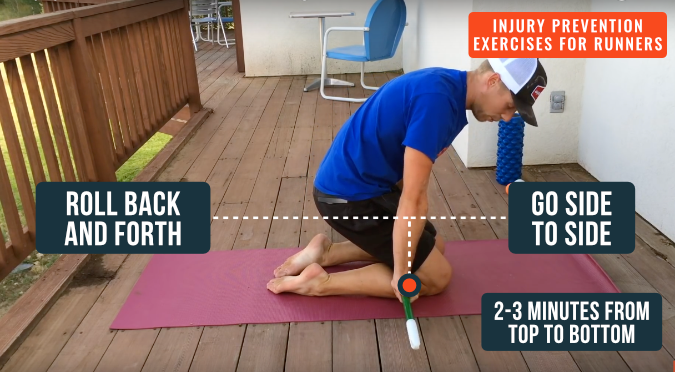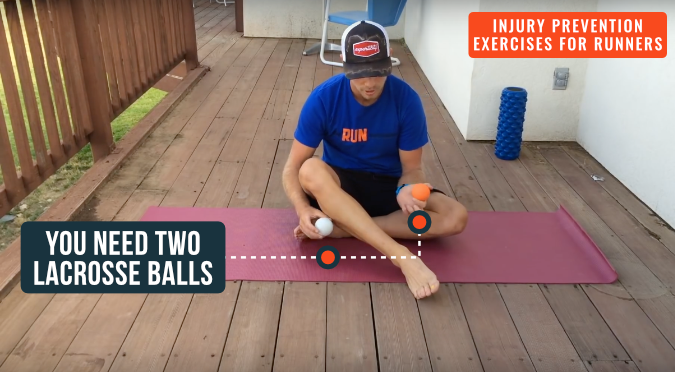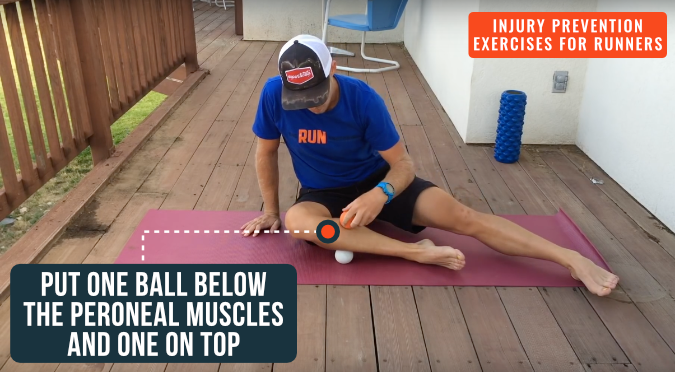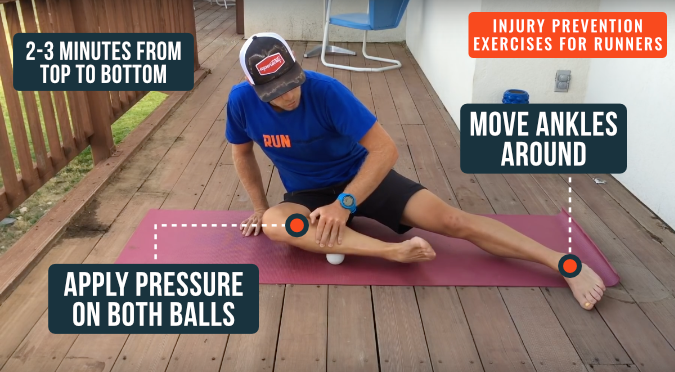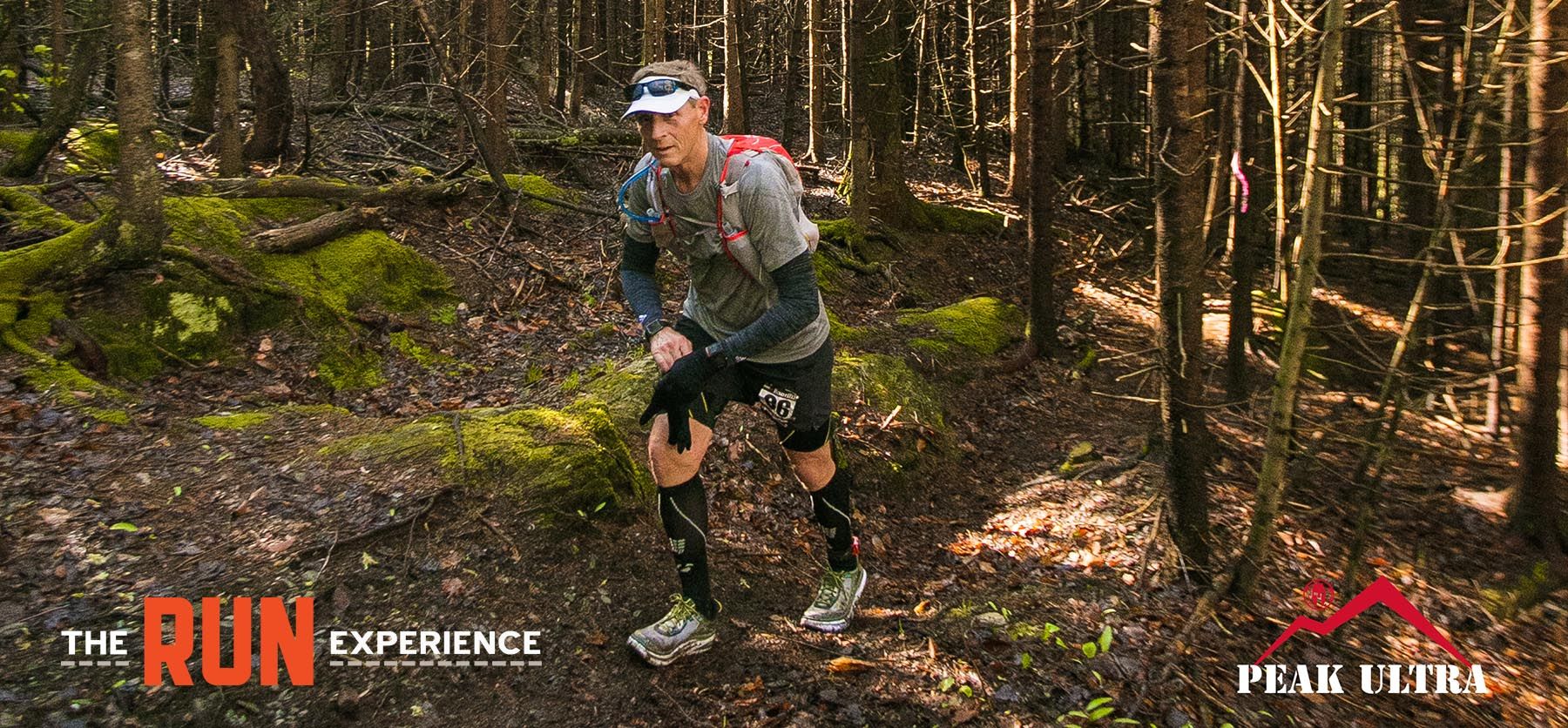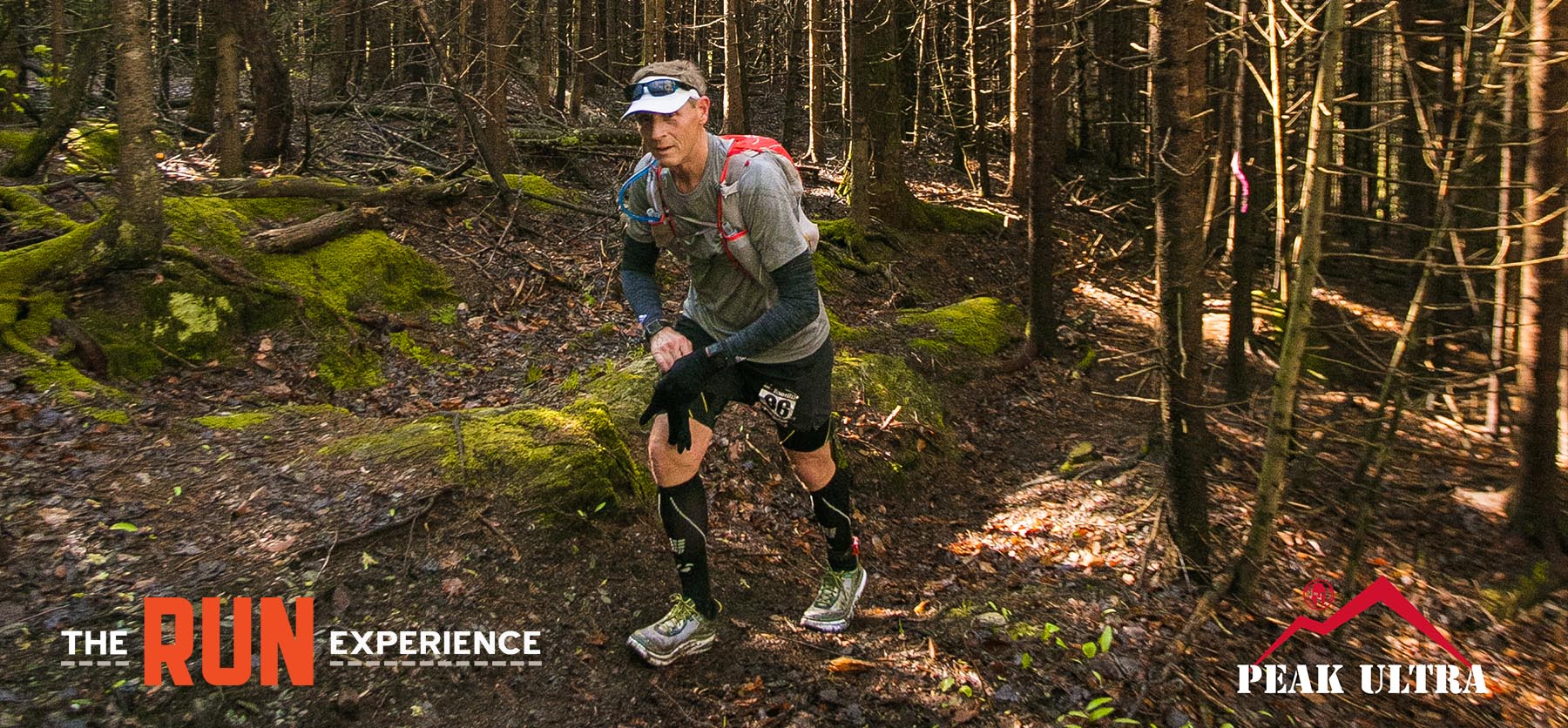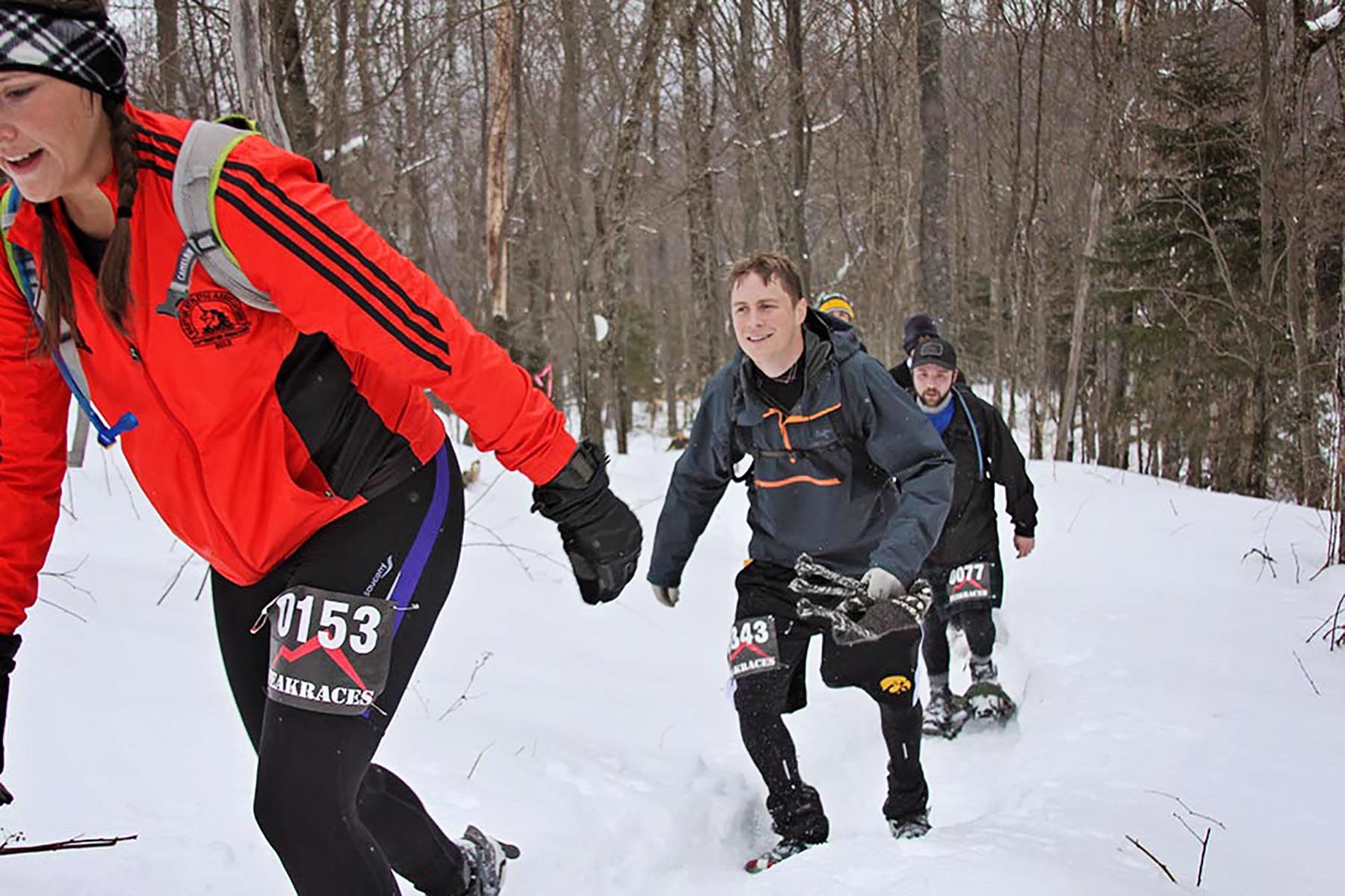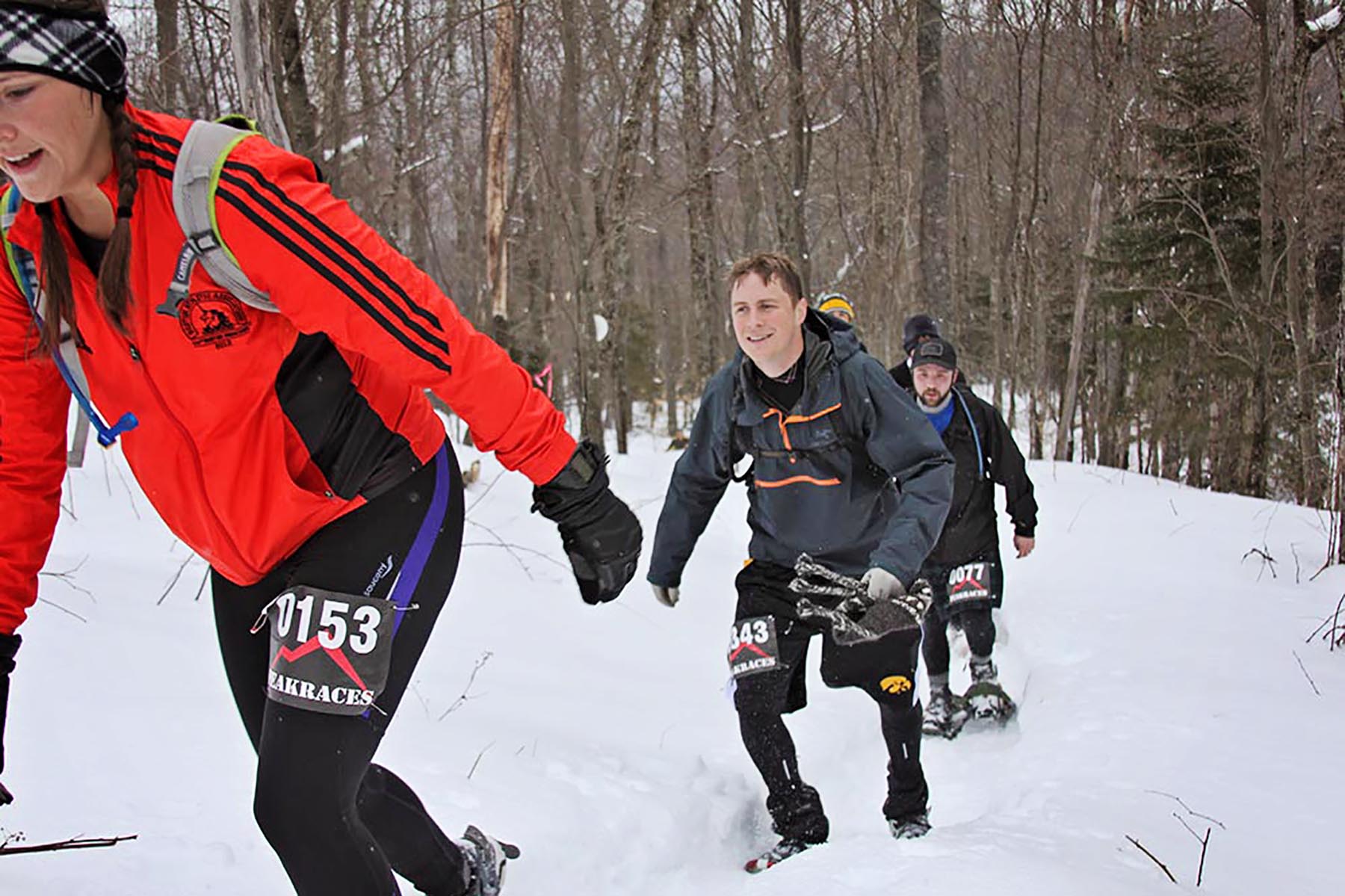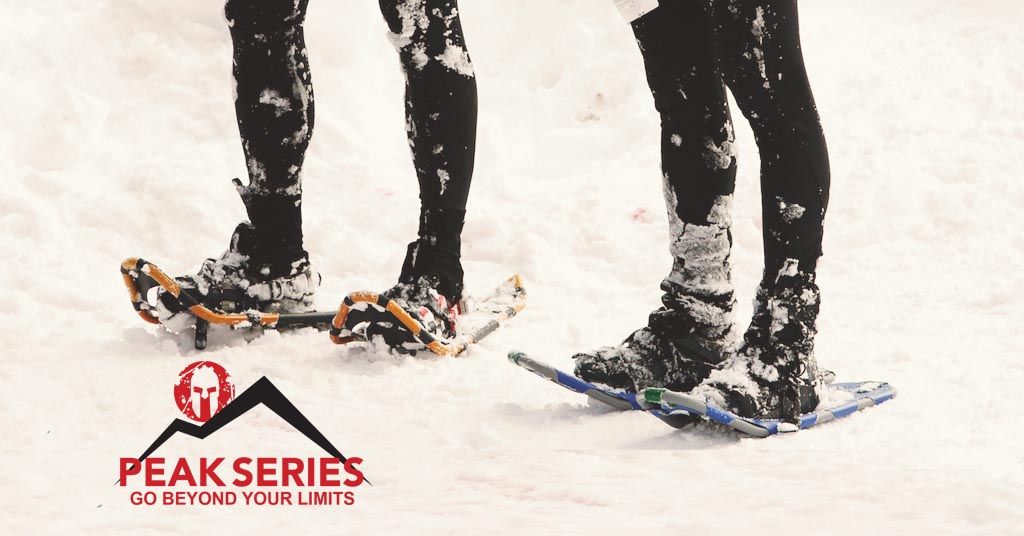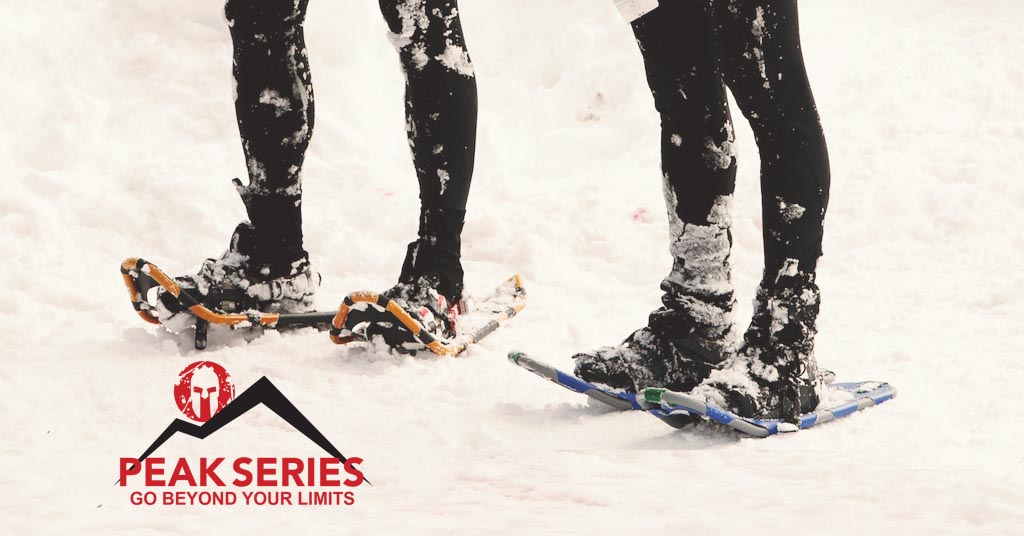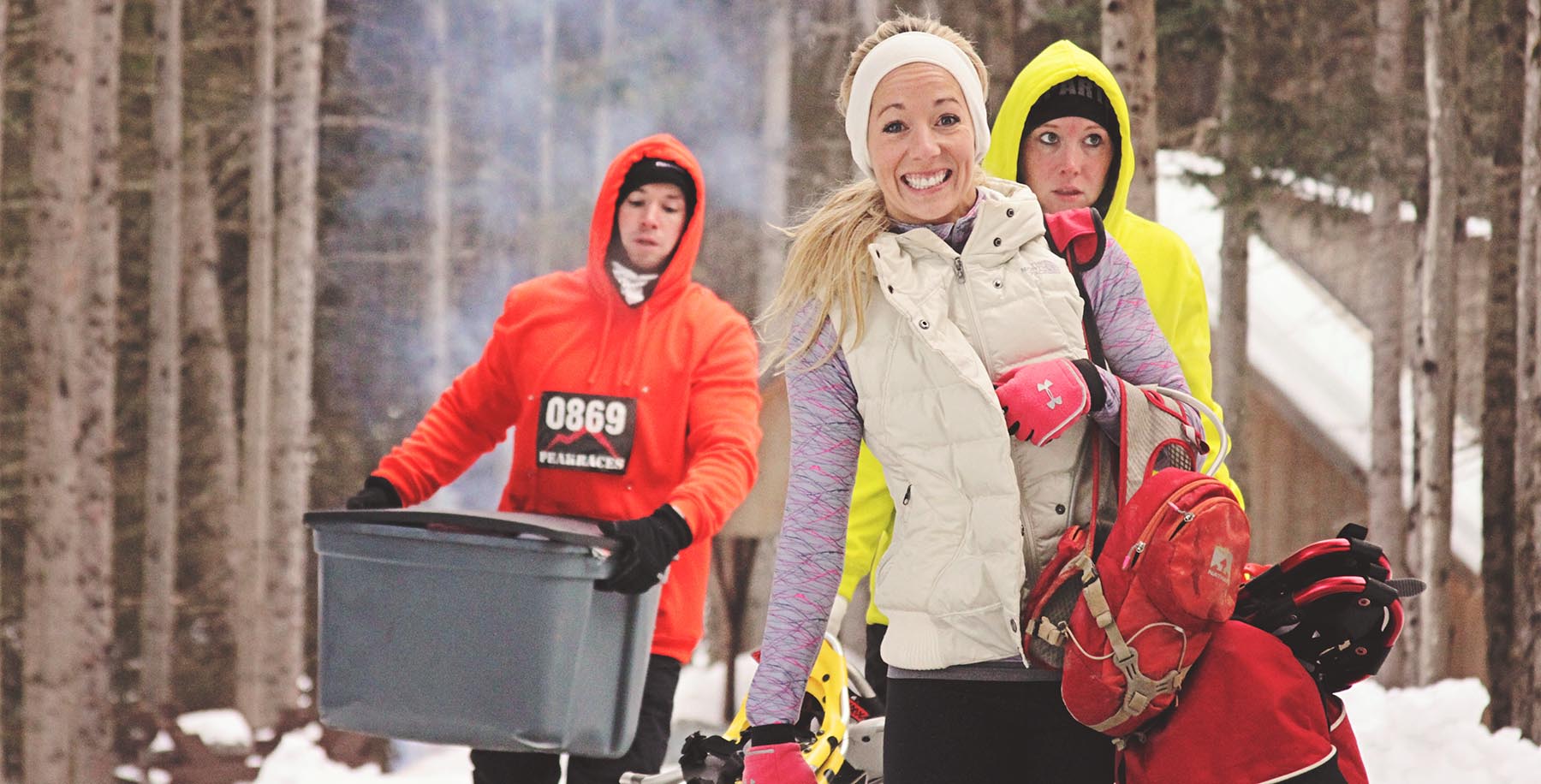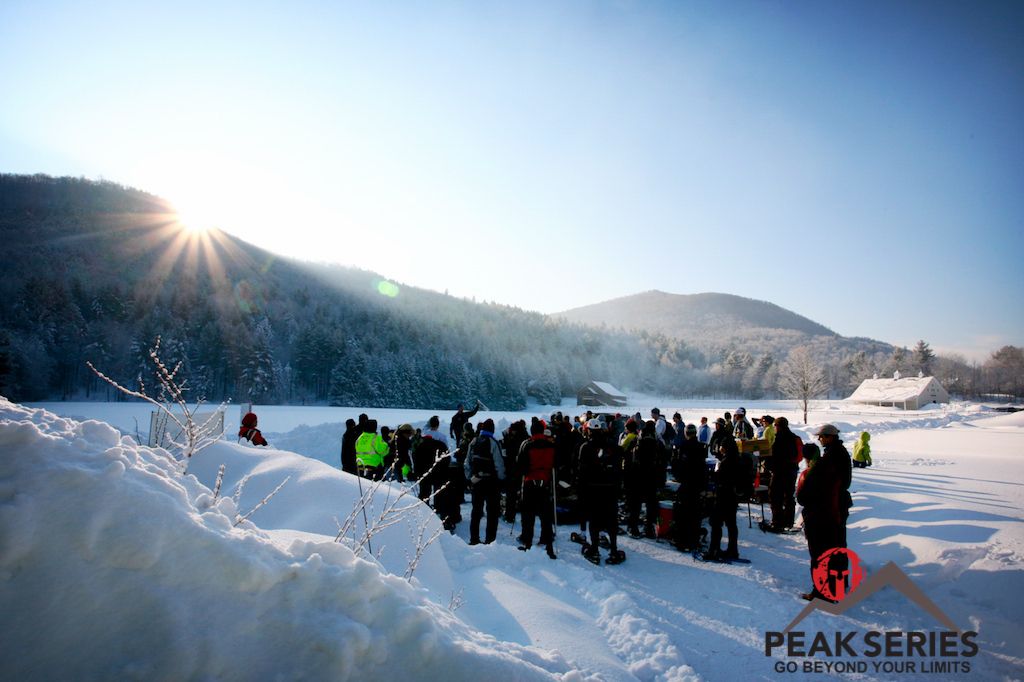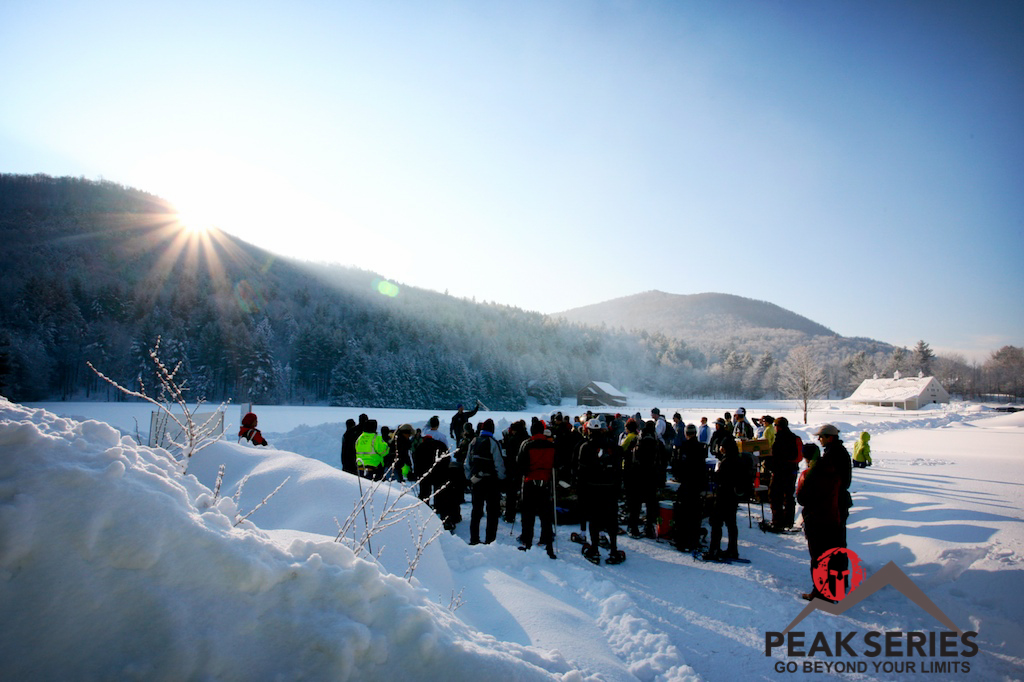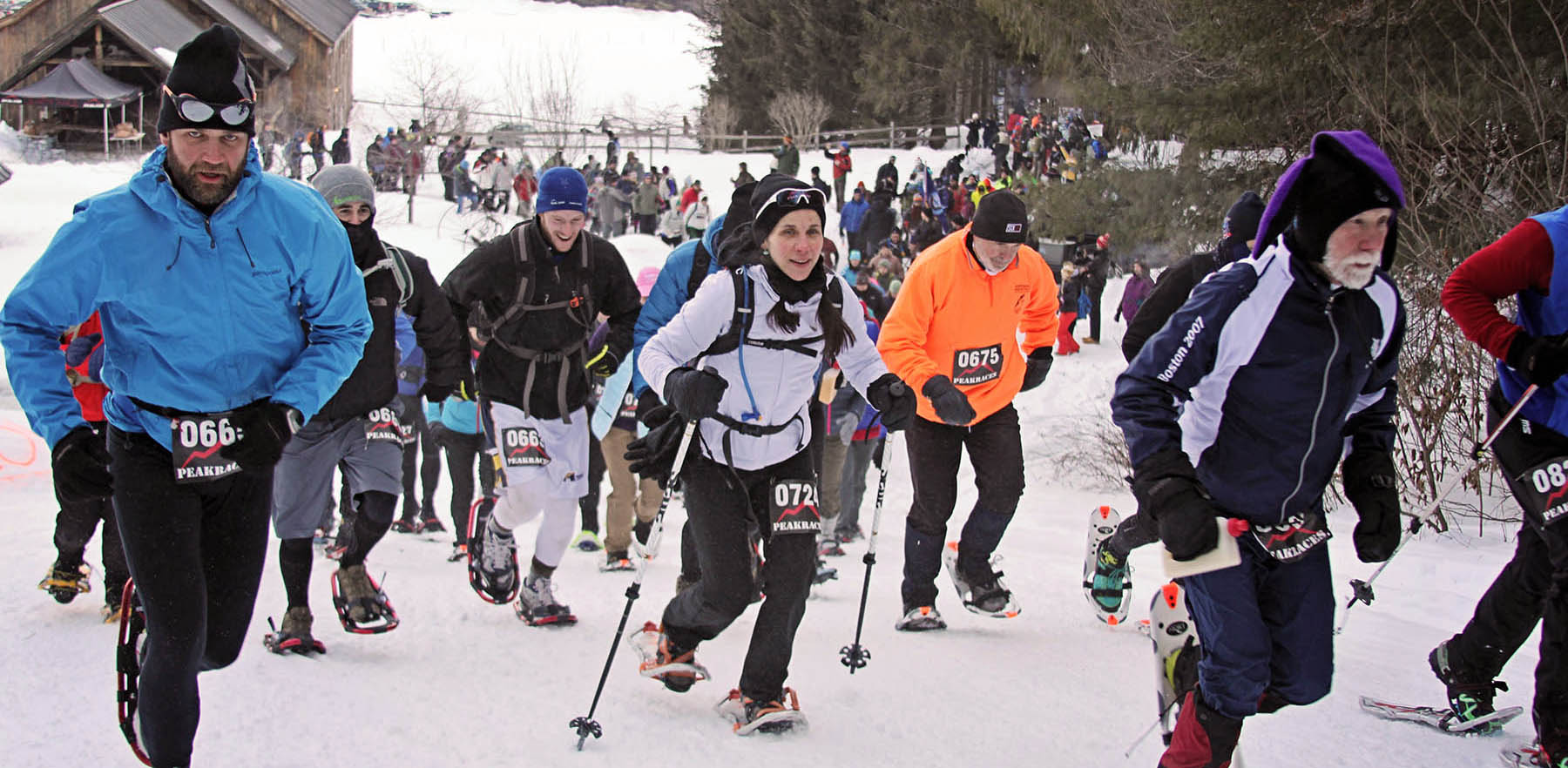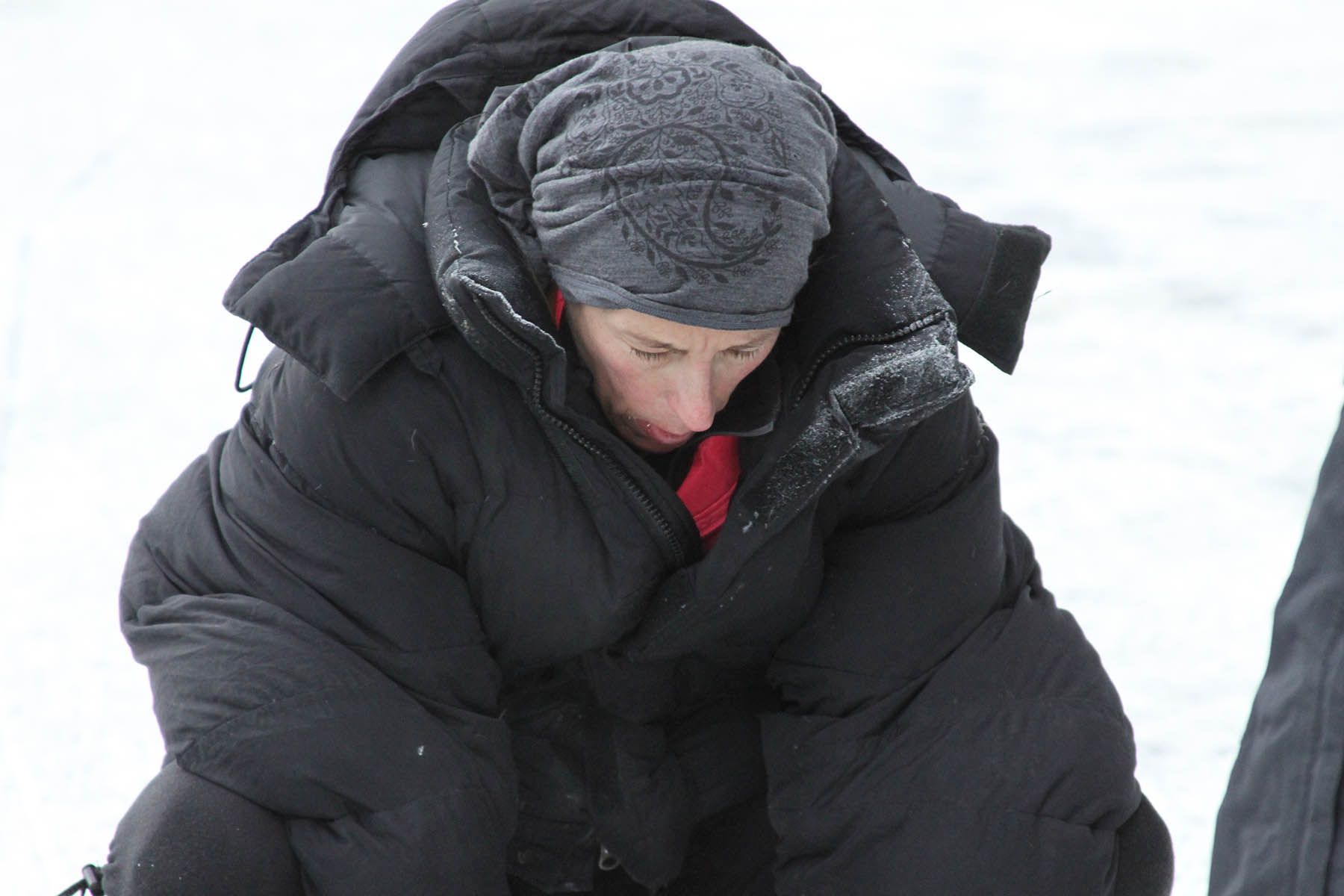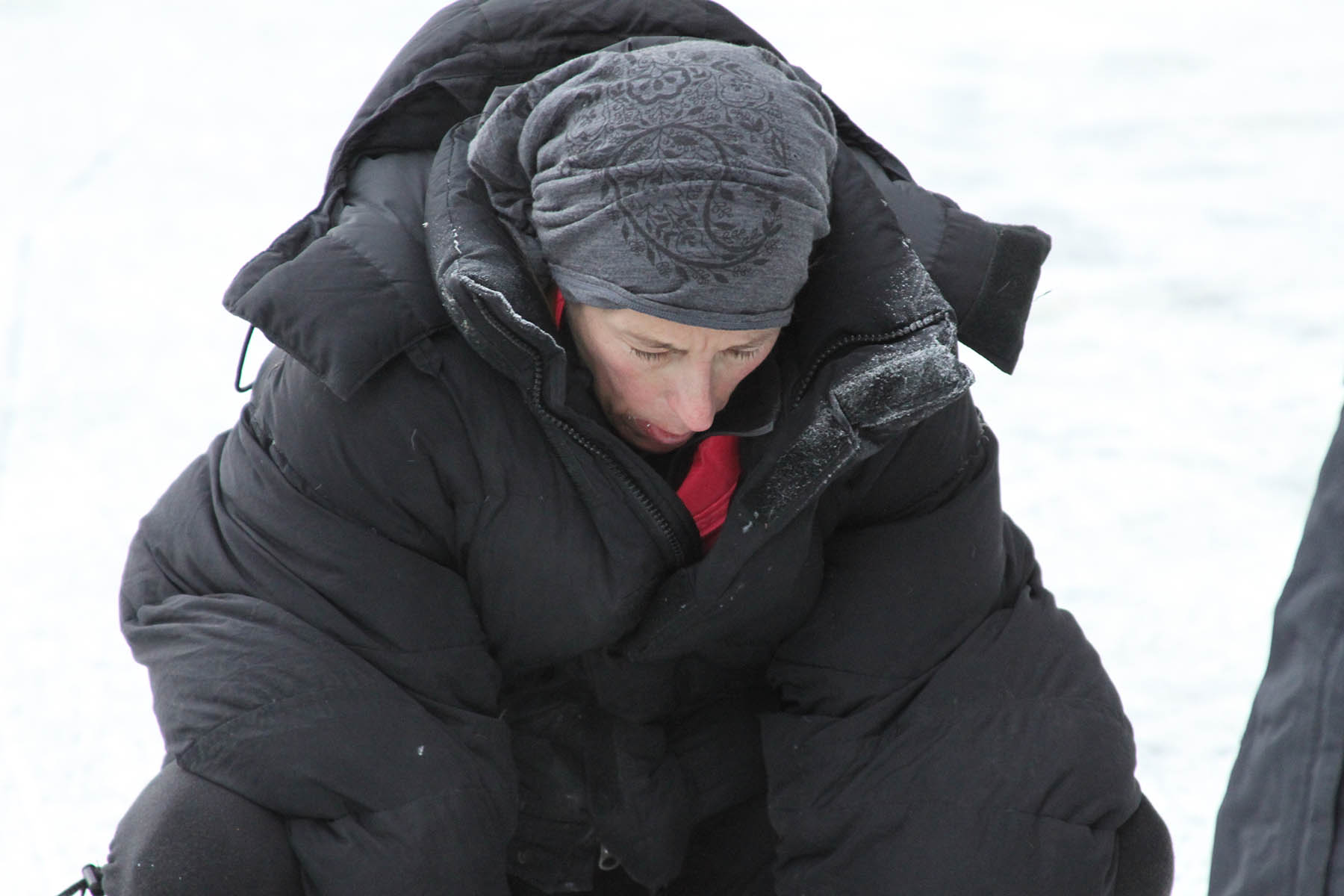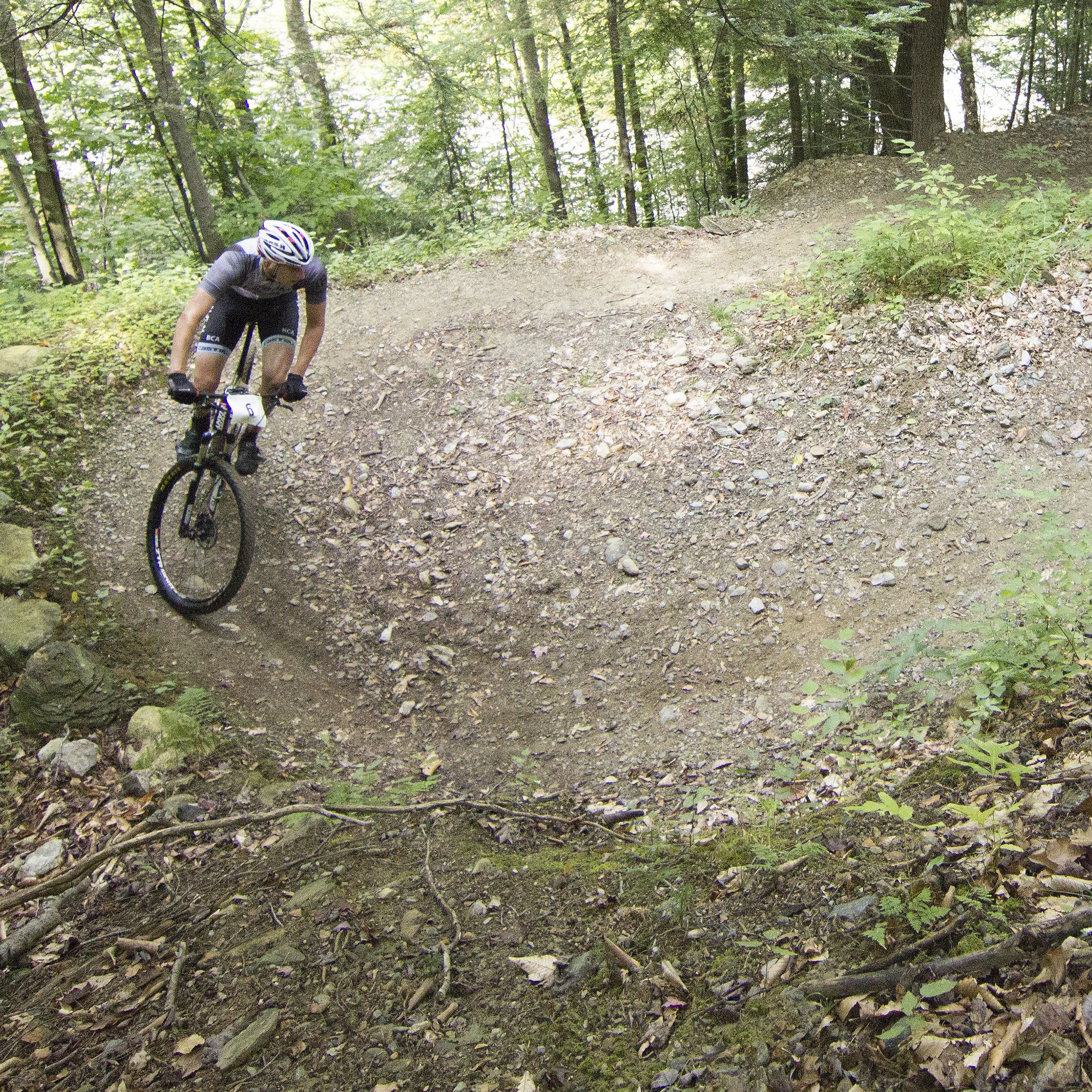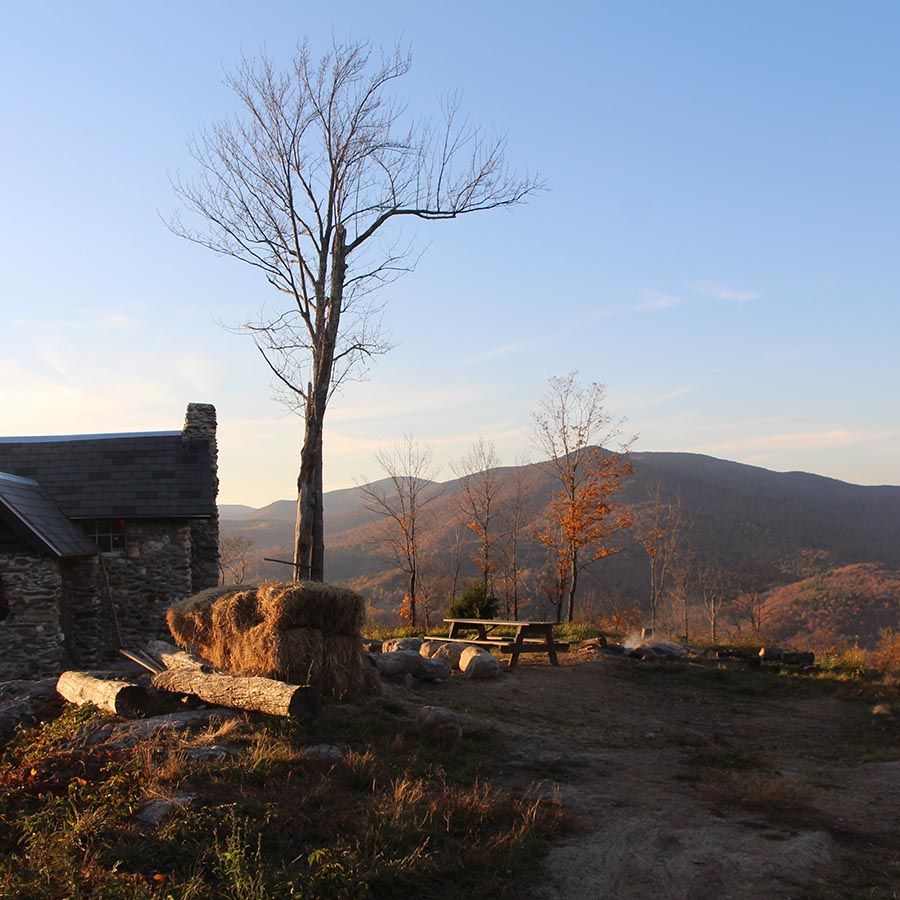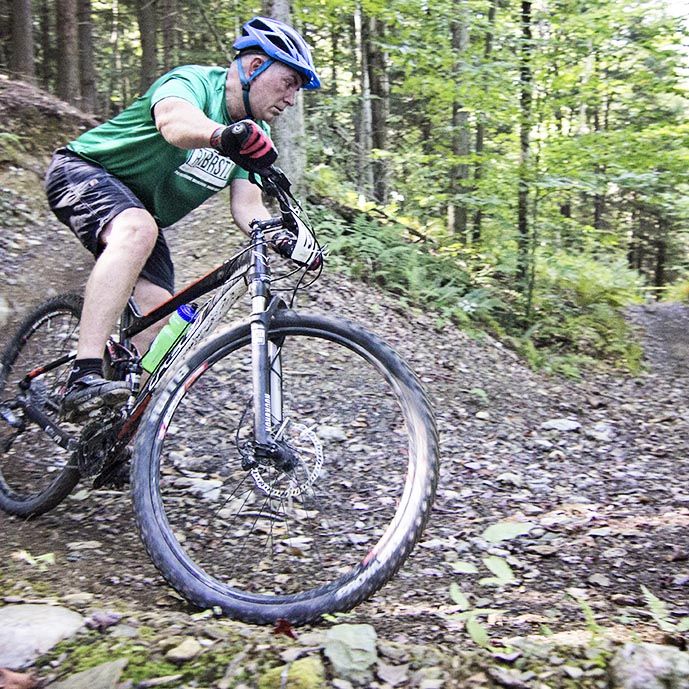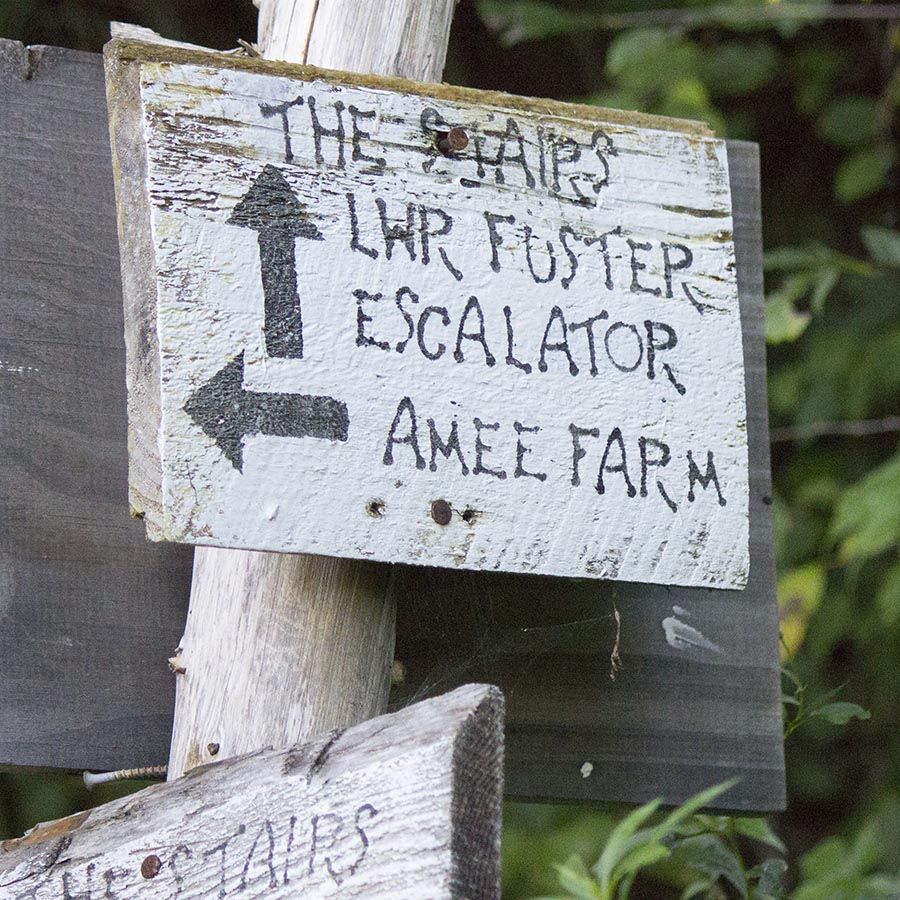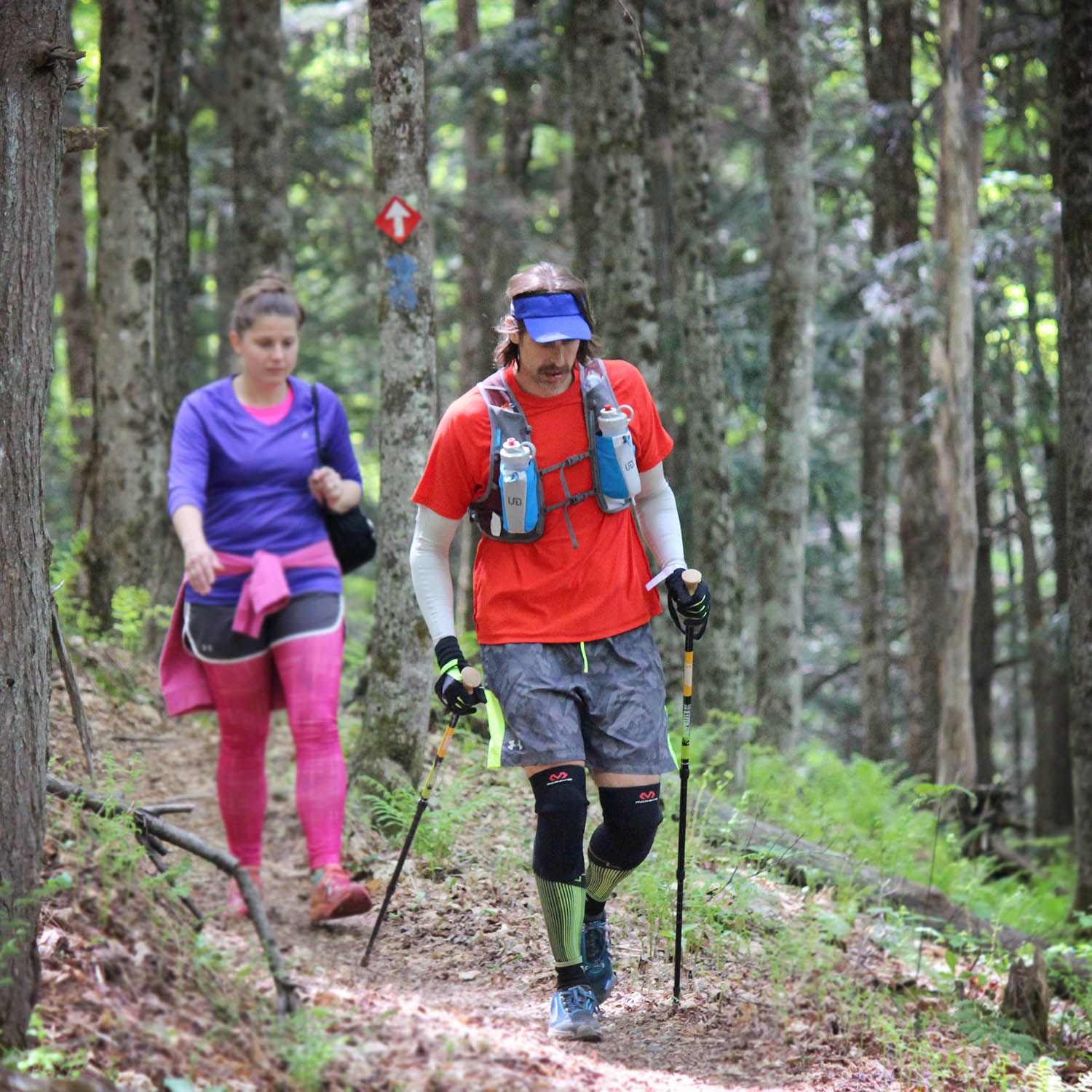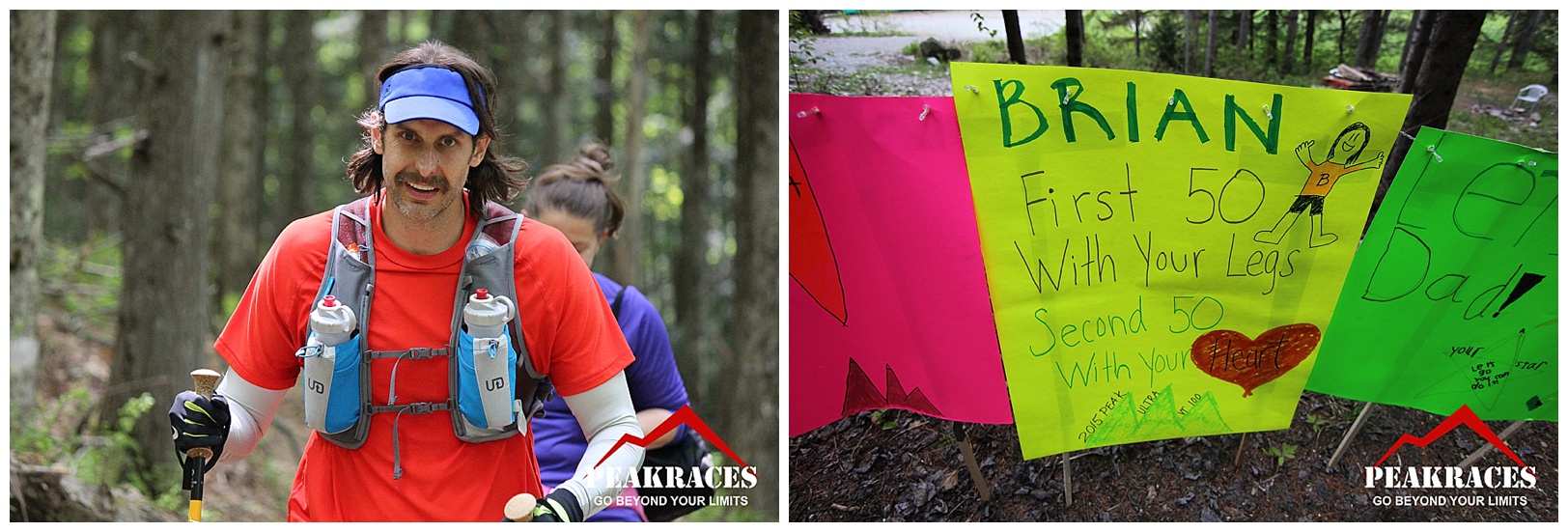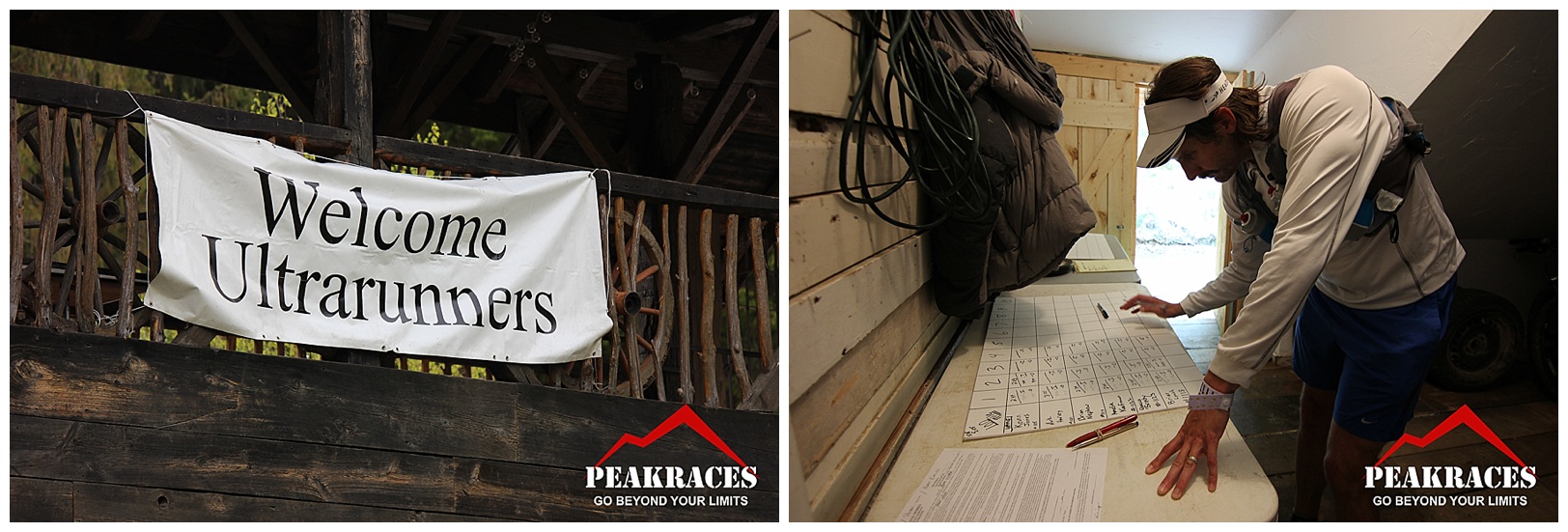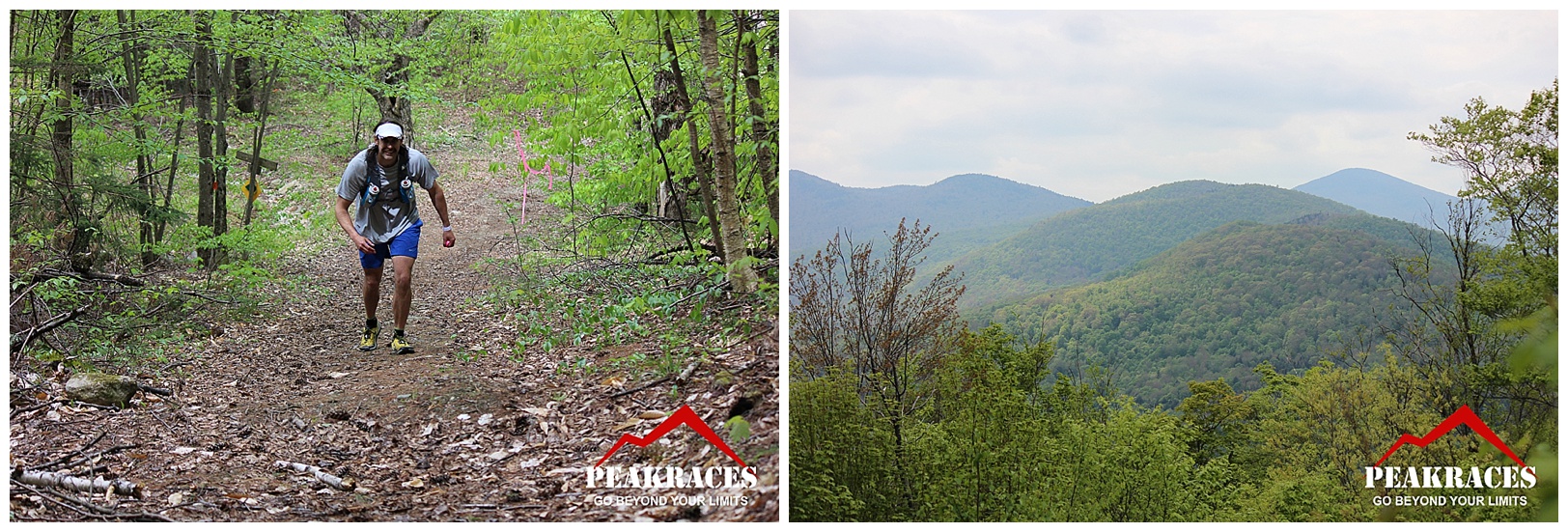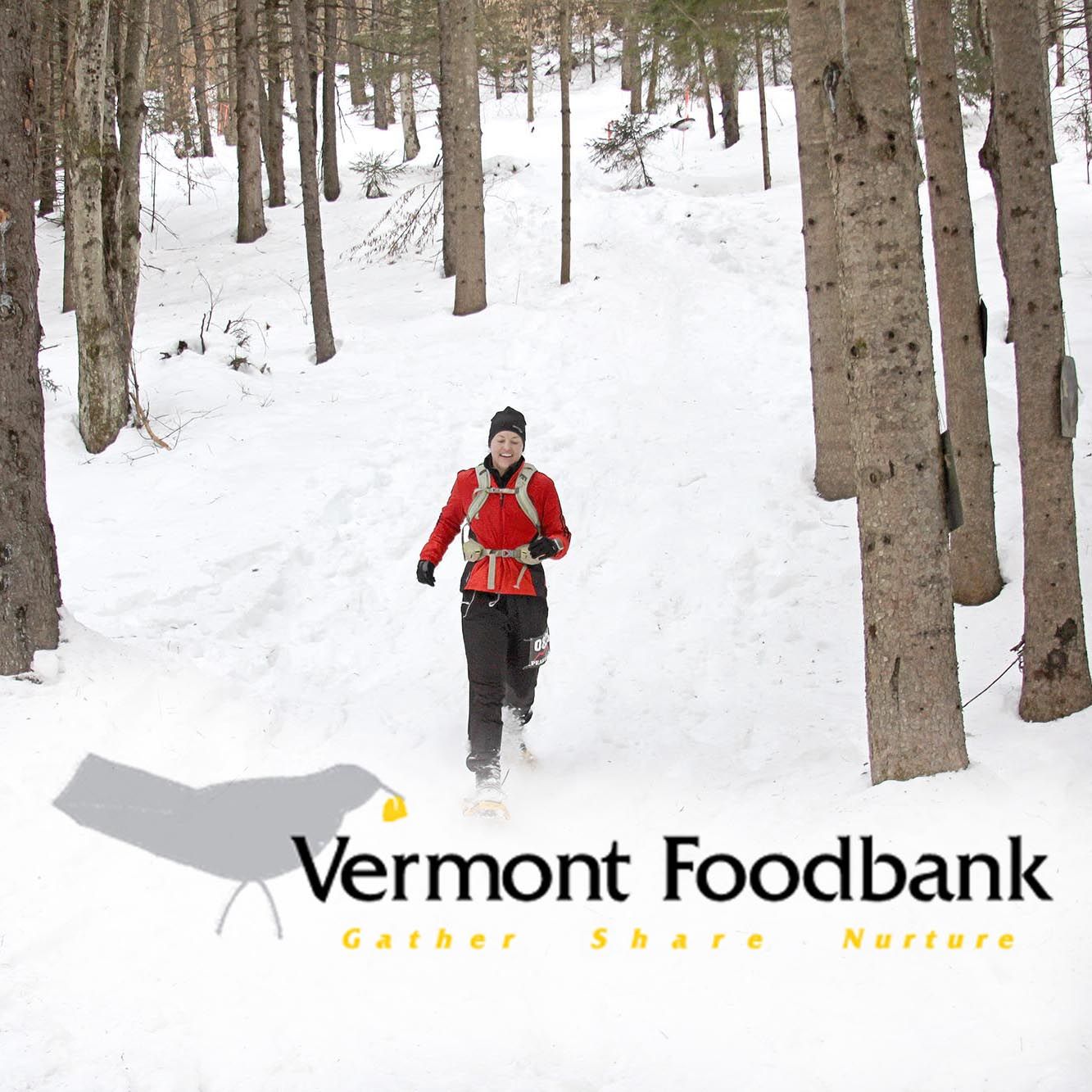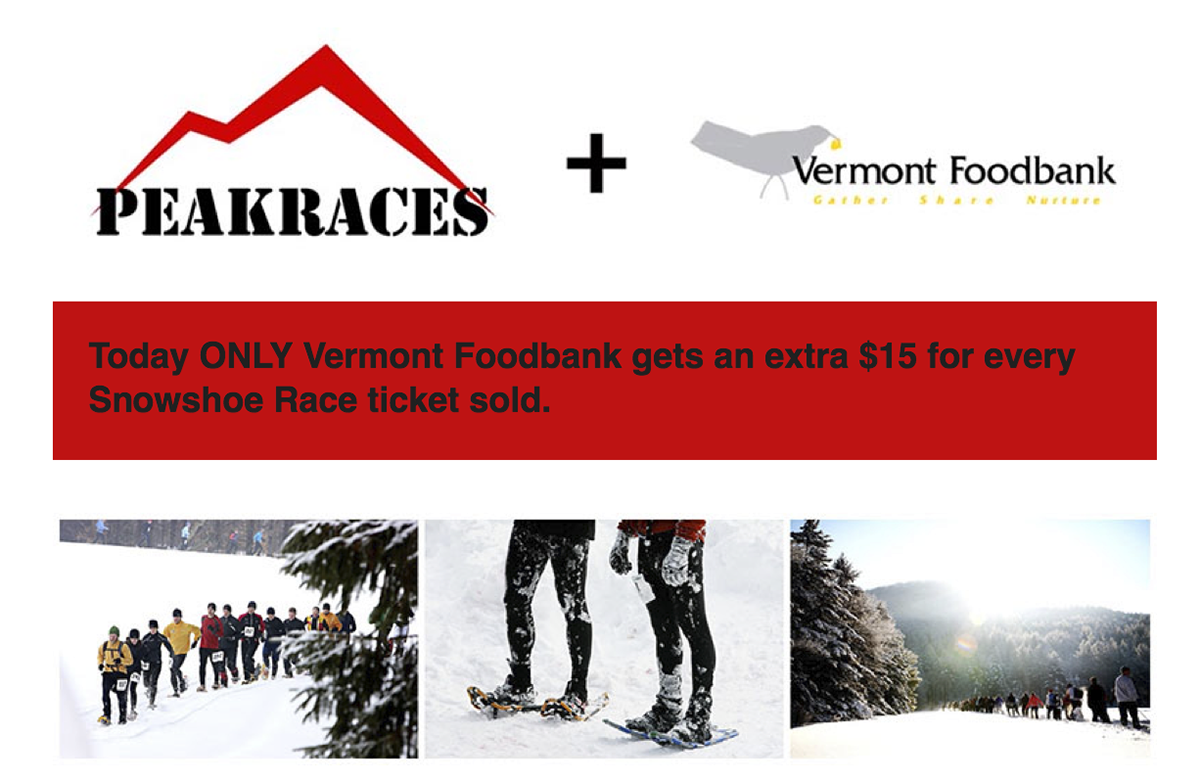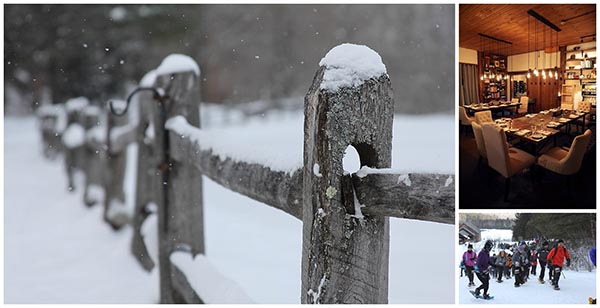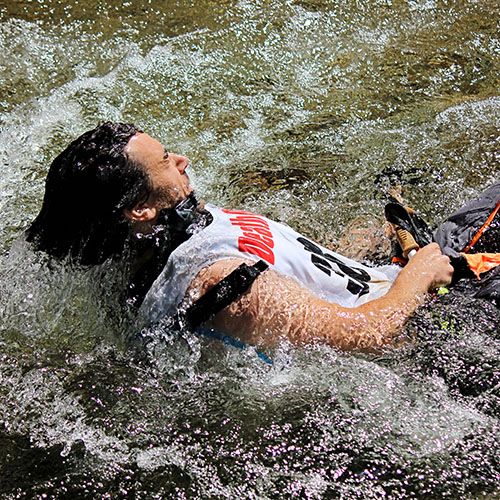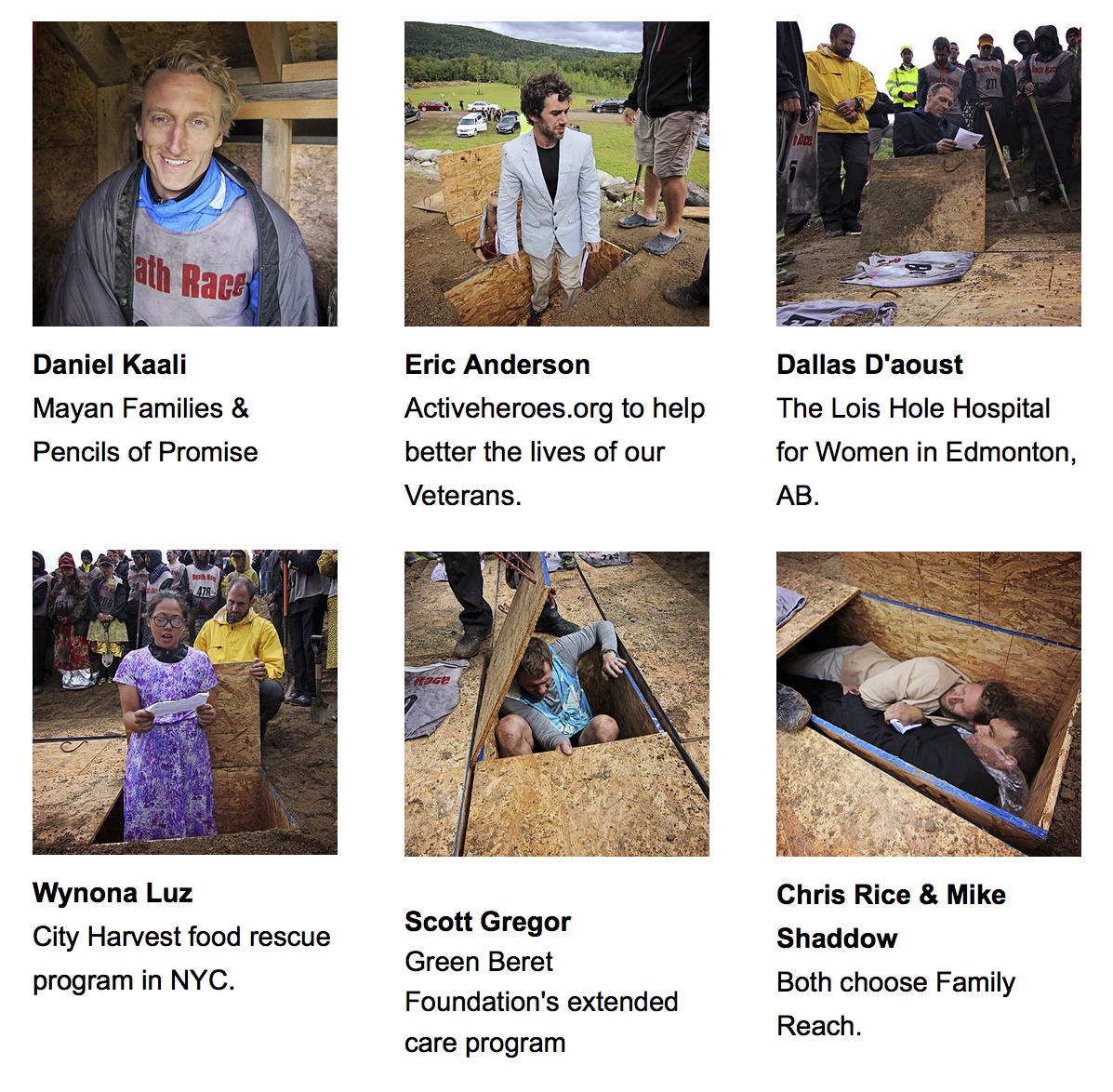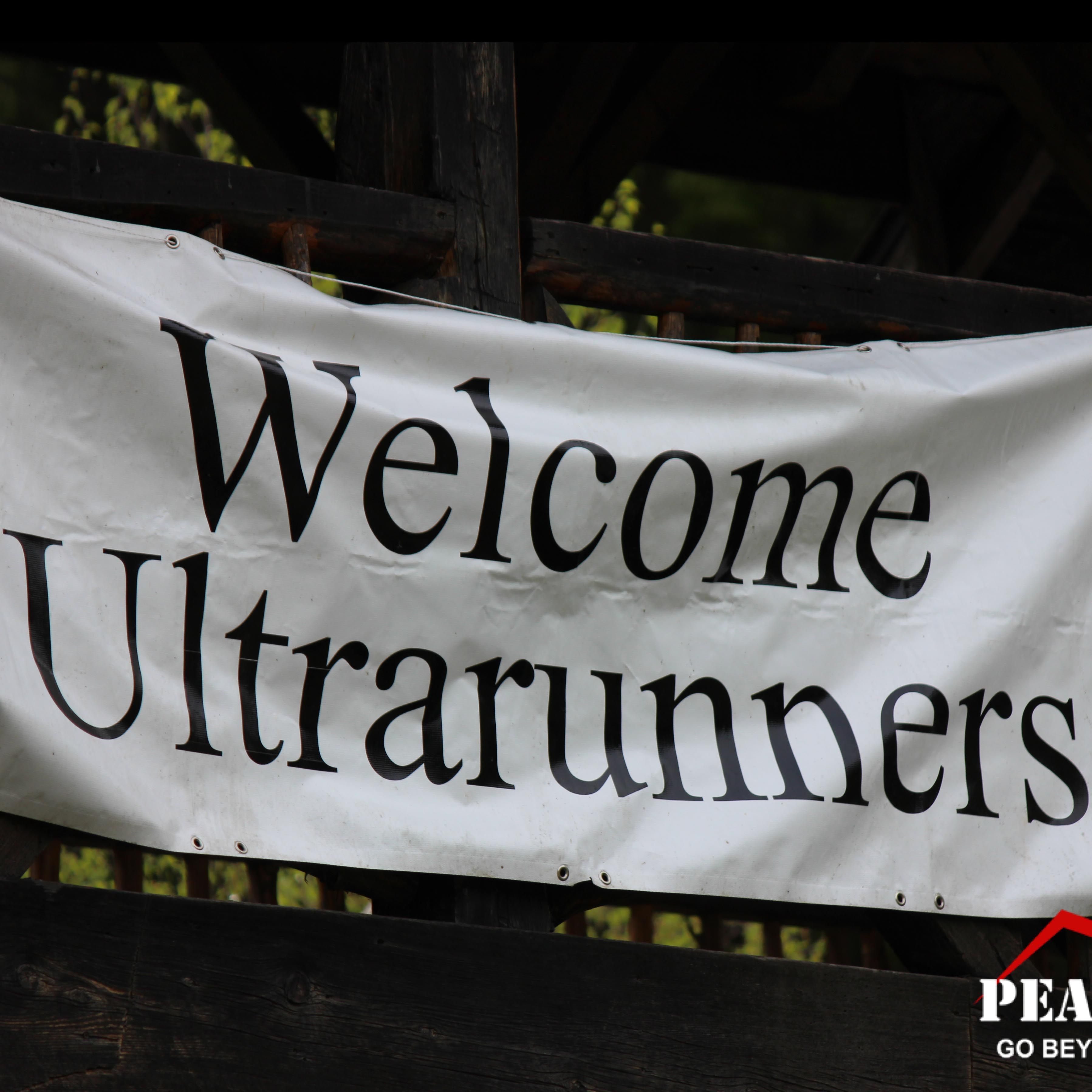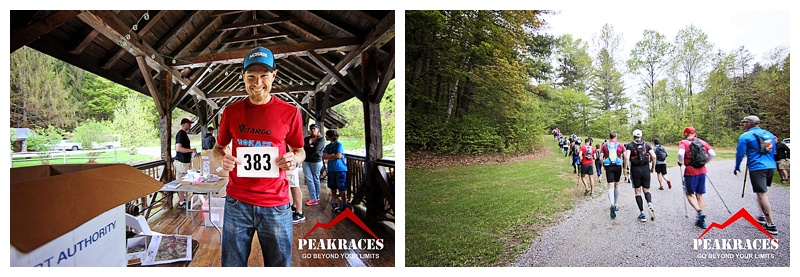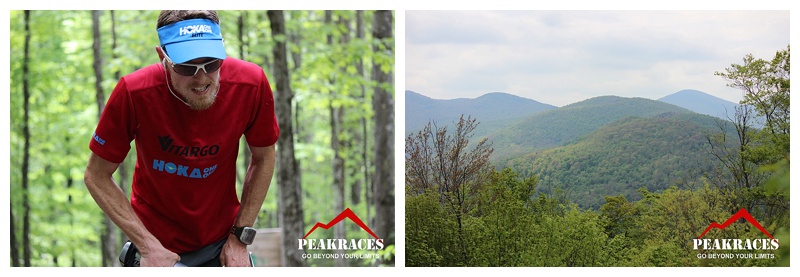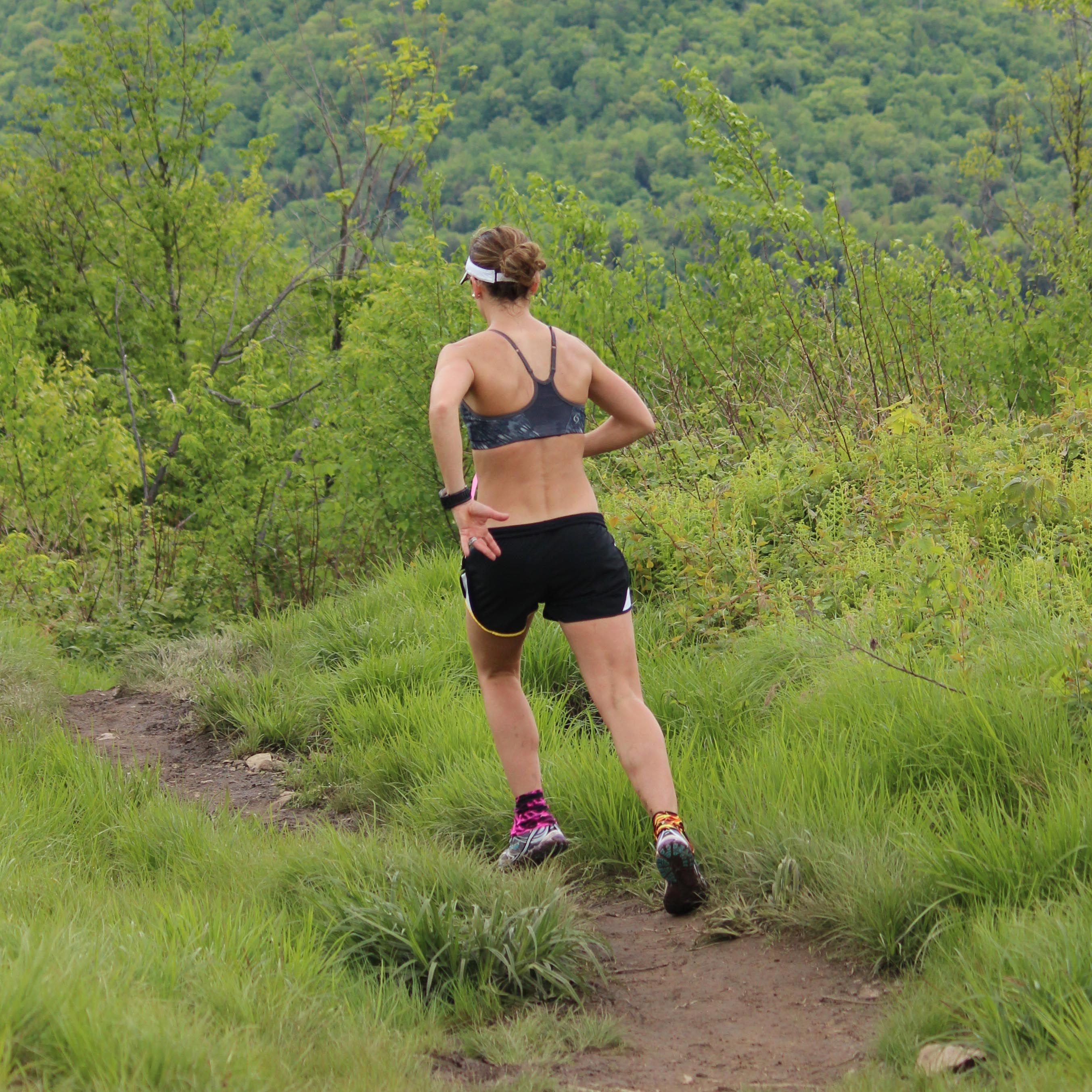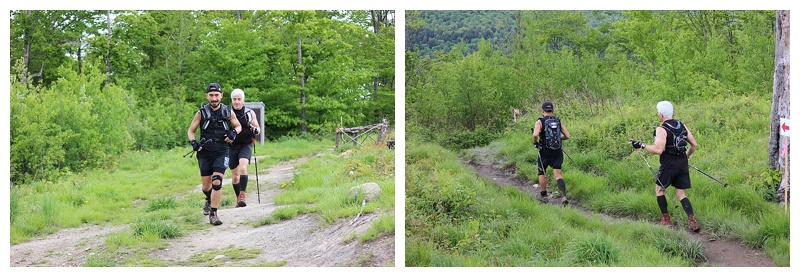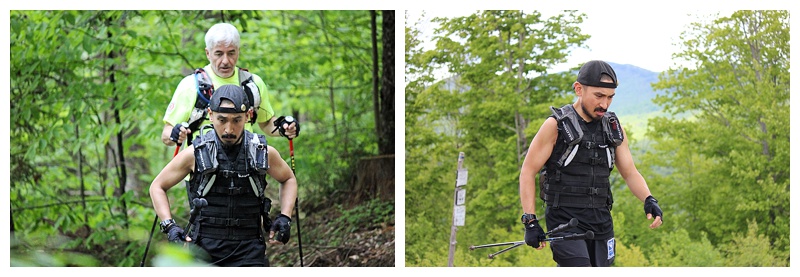Peak Woodsplitter 6 Hour Mountain Bike Race Named as Leadville Trail 100 MTB Qualifier
Green Mountain Trails in Vermont Pave the Way for Entry into the Coveted Colorado MTB Race; Peak Race Takes Place August 26, 2017
PITTSFIELD, VT –
(August 17, 2017) – The road to the coveted “Leadville Trail 100 MTB” race in Colorado now begins with the “Peak Woodsplitter 6 Hour MTB” race in the Green Mountains of Pittsfield, VT August 26, 2017, which has been named as a qualifying race. The Peak race will provide 20 entries to the world-renowned Leadville race in 2018.
The Peak Woodsplitter 6 Hour MTB race unfolds over 10 miles of rugged terrain. Competitors ride for six hours, completing as many loops as they can, with each testing the mind, body and technique along terrain that incorporates classic GMT standbys and recently handbuilt gnar.
The Green Mountain Trails, where the Peak race takes place, are a fast-growing multi-use network of flowy singletrack over varied terrain in Pittsfield and Stockbridge, Vermont eight miles North of Killington. There is a thousand feet of climbing and descending. Though a majority of the trails are relatively smooth and flowy, there are several miles (and growing) of rooty, rocky, technical singletrack. Pittsfield’s rugged terrain is ideal for endurance athletes and is recognized as the birthplace of Spartan Race, the world’s largest obstacle race and endurance brand.
Leadville Trail 100 MTB
Leadville Trail 100 MTB is the race of all races. One hundred miles across the high-altitude, extreme terrain of the Colorado Rockies, this event was created for only the most determined athletes. Starting at 10,152 feet and climbing to 12,424 feet, you’ll be challenged to catch your breath — while the views try to take it away. With a limited number of entries, the only way to enter for the race is by qualifying in a participating Leadville series race or registering for a lottery.
ABOUT PEAK RACES.
The Peak Races® series was created by ultra-athletes who wanted to wanted to turn coal into diamonds. To do that they developed insane ultra-endurance events here in central Vermont. They believe that by completing one race (and for the insane every/all) in one year, the athletes will end the year in amazing shape…and live longer too!
MEDIA CONTACT:
Jonathan Fine, 781.248.3963, jonathanf@spartan.com
